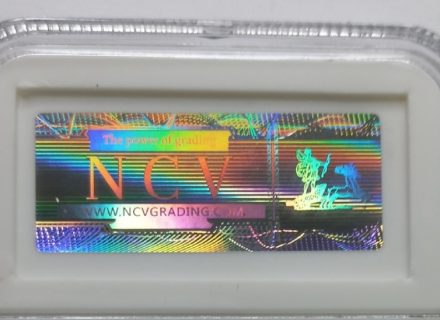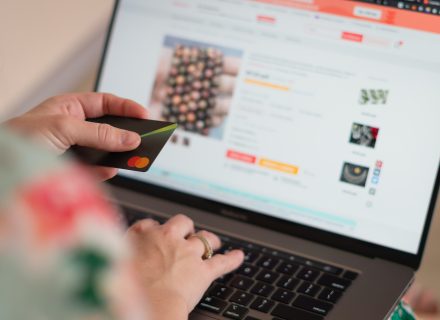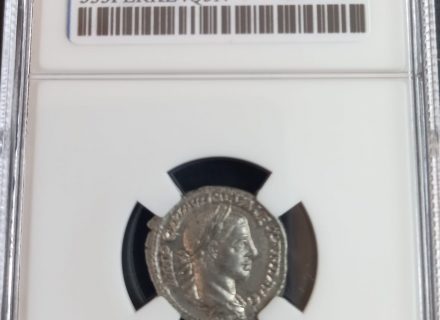Collectors have the floor
First, thanks in advance for Giovanni, Armando, Gregorio, and Nuno’s participation in this post, and their exciting contributions and anecdotes. It was a pleasure for us to interview them, and we hope their comments will inspire many collectors.
This post intends to make a brief market analysis and give some advice to the novice collector. With this in mind, we have asked each of them the following questions/queries:
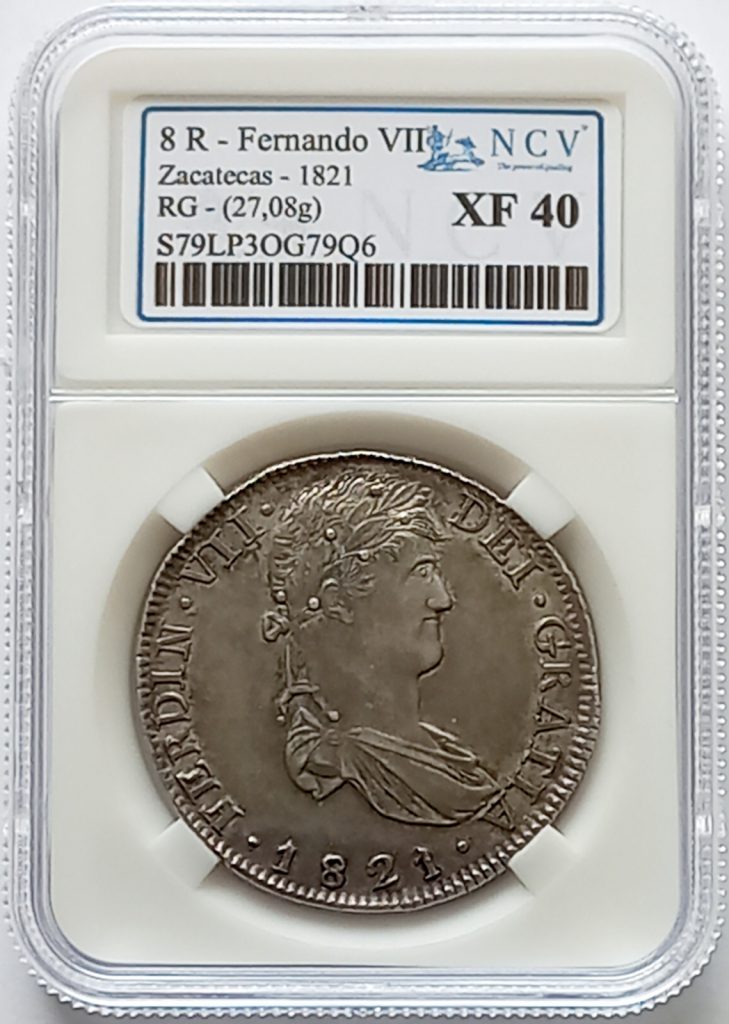
Please tell us briefly who you are, where you are from (current residence), and what you do for a living.
What do you specialize in? What do you consider the strengths of your collection? What are you passionate about?
How do you think the numismatic market is evolving, and where are we heading to? Is it growing or shrinking?
As for the new generations, what differences do you see in them? How do you see collecting in 10 years?
Where do you think the demand is moving toward in your country: online sales portals, auction houses, traditional trade, or others?
In our opinion, the prices of collectibles have experienced a great increases in recent years; why is this? Do you think we are in a numismatic bubble?
Tell us a funny anecdote that can teach something to the rest of collectors.
Finally, we would like you to advise an inexperienced collector or tell us about a mistake you would not repeat.
Thank you very much for your collaboration. We really appreciate it.
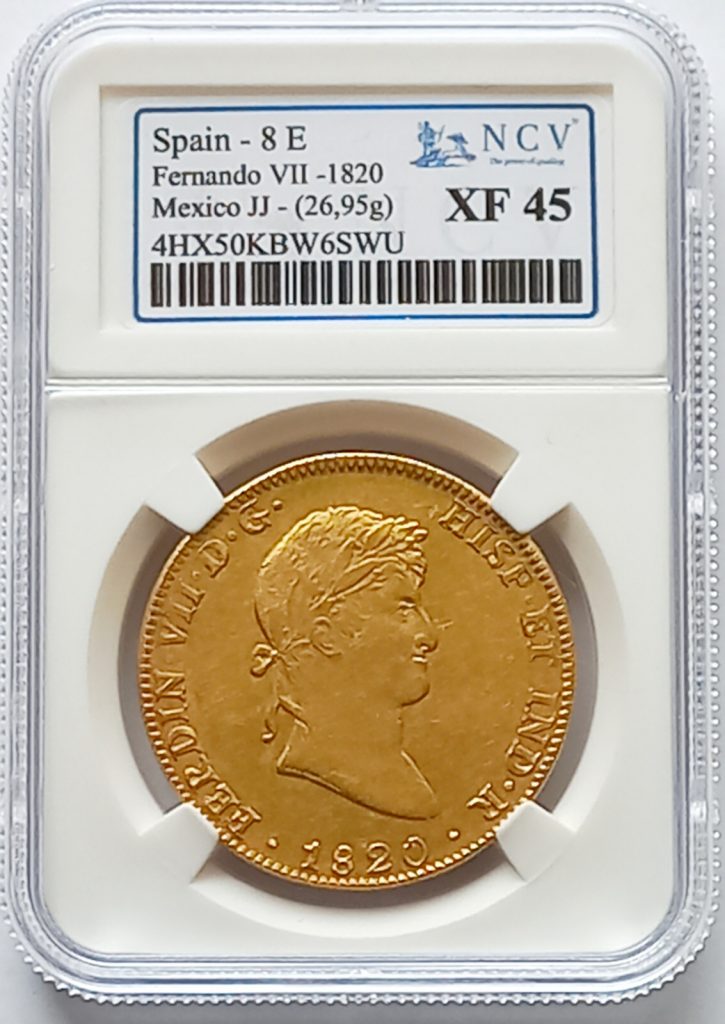

Giovanni C. Pettinaro, banknote collector
Good morning Josep,
I will try to answer the questions of your interview:
My name is Giovanni C. Pettinaro, and I am Italian. I live in Milan, where I develop my activity of buying and selling world banknotes of all periods. I started collecting coins and banknotes when I was 7-8 years old, and I have never stopped, although as an adult, I chose to devote myself exclusively to banknotes. For many years, I held a different job as a Robotics and Artificial Intelligence researcher. In any case, even then, wherever I went in the world, I continued collecting. At first, when I was young and inexperienced, I bought all the pieces that crossed my path, even if they were highly circulated. Then, after reading many numismatic magazines, I learned to consult dealers from all over the world. Since then, I started accumulating many pieces in Fior di Stampa condition or, as they say in English, Uncirculated. At first, I picked up bills of little value, then little by little, bills of higher value and rarer ones. About 17 years ago, when I decided to return to Italy, I had accumulated a large stock of banknotes from many different countries. I decided, along with my brother Luigi, to open a company in order to buy and sell those pieces.
Unlike when I started collecting many years ago, today, the supply of banknotes has multiplied enormously thanks to the numerous online sites. In addition, banknote-issuing states have begun to cash in by issuing large quantities of commemorative banknotes for collectors. Also, the number of banknotes printed on plastic polymers instead of the usual watermarked paper has been steadily increasing in recent years. That has generated a parallel market specialized only in polymer banknotes. Today’s collectors, compared to those of my time, are considerably better informed and have a wide variety of collecting themes at their disposal, such as banknotes with effigies of important historical figures, banknotes depicting fauna and flora, or banknotes representing technological advances or architectural structures of various kinds. In other words, today, there is a lot to choose from.
Many new collectors start their collections with a banknote from each country, a particular continent, or around the world. Over time, many of them specialize in a specific collecting theme or the issues of particular countries or eras. Then there are the more systematic collectors who try to collect all issues and even all signatures from specific countries.
In recent years, I have noticed that even the major European and world auction houses increasingly include banknote auctions in their numismatic sessions. Obviously, the numismatic market is still much larger, but I believe that the banknote market still has considerable room for growth, while the coin market, being older, has already peaked.
Banknote prices have gone up considerably since I started collecting. Some pieces that I could then find cheap and easily have now become rare and very expensive when they appear on the market. Often, the rarer pieces pass from hand to hand through various dealers, eventually rising in price, before ending up in the hands of some wealthy collector. In some cases, very rare banknotes in a very good condition have become safe-haven assets and, therefore, are sought after by investors with great financial capacity. It isn’t easy to know whether prices will continue to rise. Still, one thing is sure: rare or unique banknotes will always remain so, so even if there is a decline in common banknotes, rare banknotes will continue to have very high values precisely because it is impossible to find them elsewhere at a lower price.
The advice I could give to someone starting out is to choose a collecting theme or a particular country, perhaps your own, and collect the current issues in the best possible condition (Fior di Stampa/Uncirculated). Over time, the collector will develop a particular interest, leading him to specialize. It goes without saying that at first, you have to rely on more experienced people as trusted dealers, and then, gradually, you can start looking for the pieces more actively on your own.
Well, I hope I have answered all your interview questions; in any case, I am always at your disposal.
For the time being, I send you my best regards,
Dr. Giovanni C. Pettinaro
(IBNS LM-166, LANSA 1173). a
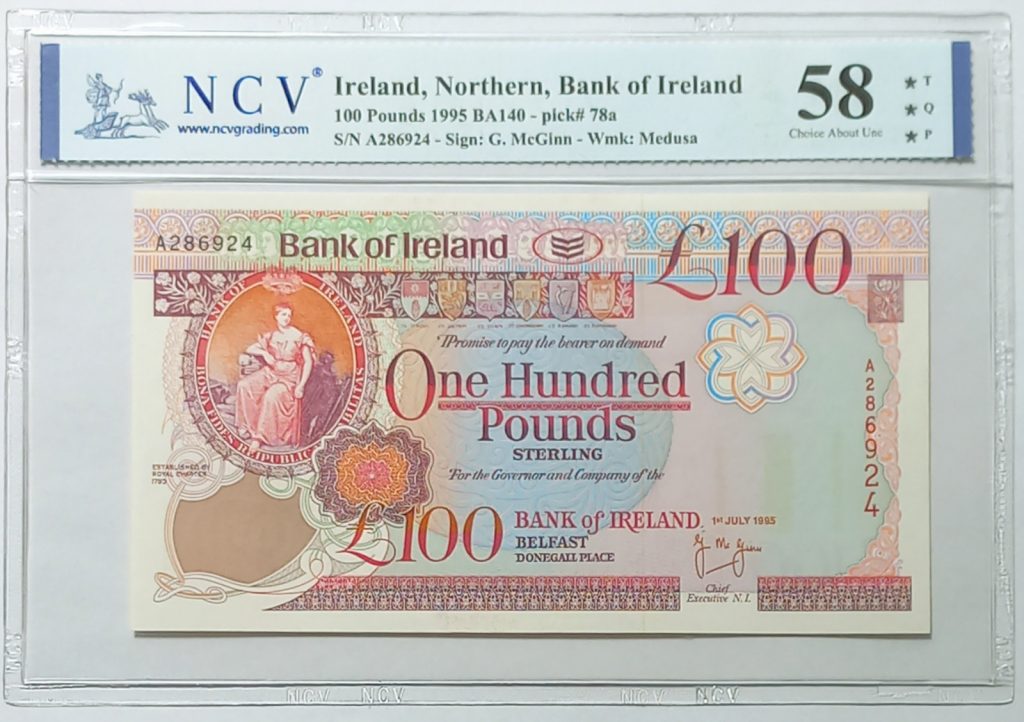
Armando Ribeiro, banknote and coin collector
I am Portuguese, but I have been living in Spain for 20 years; now I live in Madrid, and I started collecting when I arrived in this beautiful country.
I worked in Mollet del Vallès, near Barcelona, when I arrived in Spain. They had a flea market there on the first Sunday of the month, and that’s how I started.
Then I went to Plaza Real in Barcelona every Sunday morning to look at the stalls and buy something.
I like everything: coins and banknotes from all countries, although my strong points are the coins and banknotes from Portugal and former Portuguese colonies. Still, it is true that I have many Spanish coins and banknotes.
Besides my passion for numismatics, I love the people related to the world of numismatics I have had the pleasure to meet. I made good friendships because of our shared hobby, which is worth as much as the coins and banknotes.
Personally, I see the current numismatic market in good shape. The Internet has indeed changed many things, and, as always, changes bring good and bad things; I keep the good things.
Today, it is easier to buy with the new technologies, but I miss going out early, looking at the stalls in the markets, and talking to people.
I fear that this will be lost, because collecting is not only about coins and banknotes but also everything surrounding it.
I worry about the lack of interest shown by the new generations, but I hope that they will start to pay more attention as the years go by.
Well, I started collecting when I was 33 years old.
In my country, there is demand, but few young people are entering the market.
There is a lot of interest in the coins of the monarchy, although I also have friends who only collect banknotes.
I don’t know if it is a bubble or due to new technologies that have opened new markets, such as the American and Asian markets, where prices are always higher..
There are many good anecdotes because there is always something going on when we go around the markets; but there is one that I won’t forget; today, it is an anecdote, but in its day, it was something serious.
I was in the Plaza Real (Royal Square) in Barcelona as usual on Sunday morning.
I was looking at some coins, and the stall gentleman said, “Watch out, they stole your wallet!”
I turned around, and a guy was running away with my wallet, and I, without thinking twice, started running after him.
I ran four blocks until I caught him in an alley, and he gave me back my wallet.
Behind us came two policemen who had heard the sgouts. I called him a thief and told him to stop running and give me back my wallet.
I was with the man who robbed me, and the guards ran past me because they didn’t know who they were chasing.
I recovered my wallet and returned, happy, to the Plaza Real.
Advice for those who start shopping: It is better to buy good stuff rather than accumulate. When we start, we want to buy a lot, which is a mistake.
Thanks for the invitation.
Best regards.
Armando Ribeiro
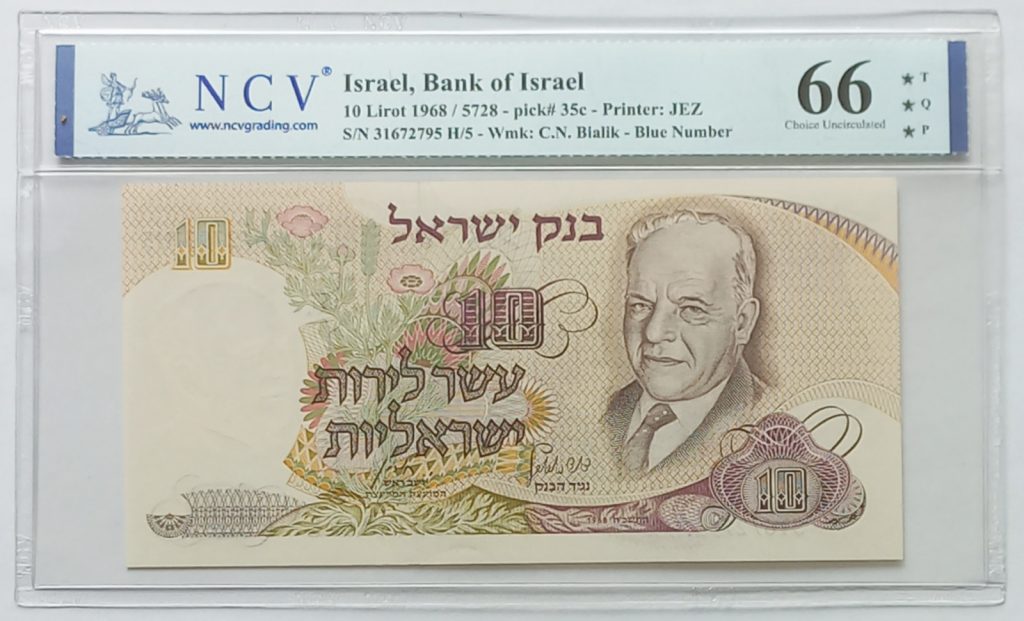
Gregorio Cortés, collector of ancient Spanish and Roman coins
My name is Gregorio Cortés. I live in Dosquebradas, Colombia. I am a collector and seller of ancient Spanish and Roman coins.
My passion is Spanish coins from before 1830 and ancient ones, such as Roman, Hispano-Arabic, medieval, and Iberian coins.
One of my strengths is the Roman and Macchuquine coins, as well as the coins of the Habsburgs.
I think that the numismatic market continues and will continue to expand, thanks to the networks that have made both information and the acquisition of pieces more accessible.
Although many young people make mistakes in the study process, I think we must teach them that numismatics without research is not a good idea.
In my country, WhatsApp groups are very popular, as well as numismatic events or meetings organized throughout the year in different cities, making the pieces more accessible in all regions.
Many people see the numismatic market as an excellent way to speculate with their pieces.
I think that if we take advantage of the immensity of the web, we can prevent this bubble, which is due to the lack of knowledge about reality, both in prices and rarities, from increasing further.
Once, I went to a Numismatic event, and right there, I was hired to catalog a collection of Roman coins. I said that I had not brought enough clothes to stay several days longer than planned; they answered me that it wouldn’t take many days; when I arrived at the site, it turned out to be 2,000 coins.
I spent six days cataloging and had to leave the store to buy clothes to spend that time there.
As a piece of advice, I would recommend taking advantage of all the teaching they give you, but at the same time, do not be selfish with what you learn.
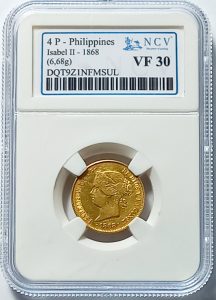
Nuno Cabelo, collector of Portuguese coins
My name is Nuno Cabelo, and I am 49 years old. I am from Lisbon, Portugal. I have been in love with numismatics from a very early age, but without having any numismatists in the family. I collect coins from the Portuguese Republic and its colonies.
I consider that I have a good collection, having practically everything that has come out of the current coins, commemorative coins, and special issues. I also include a great variety of proofs, relief proofs, minting errors, and various curiosities in my collection.
I am proud of my nationality, and then I created a collection that I call MERP (which in Portuguese stands for “Foreign Coins concerning Portugal”) and I now have about 100 specimens, 95% silver and gold.
I am an active member of the ANP “Associacion Numismatica de Portugal” and I participate in a catalog named “Coins of Portugal” authored by numismatist Reinaldo da Silva.
Speaking a little about the current numismatics market situation, I see it with some concern because, as we know, most young people are not devoted to something physical, real, and prefer their digital world, as can be seen in the children’s games that do not exist today and that gave so much joy in the last century.
The current trend is that the most passionate numismatists are growing old and are not being replaced by younger people. For example, when a collector dies, the priority of his heirs is to sell the collection when they can keep it and even improve it (it is true that this does not always happen, although it often does).
Buying from auction houses has a very high commission, which drives buyers to look for Facebook groups where the risk is higher. Professional stores are a good option, and traditional trade at fairs seems to be in decline.
I see more and more interest in certified pieces, something appreciated by some and not so much by others, who may have their reasons. It should also be noted that this is obviously an option not available to everyone.
I end this intervention by giving an opinion/advice to anyone who starts in this world of coins or banknotes: at the beginning, it is better to focus on something specific and not choose to collect all the themes because, in the long run, this may be the difference between having a high-level collection or several low-level ones.
Greetings from Portugal.
Nuno
Thanks a lot for stopping by the NCV blog. We really hope you enjoyed reading the interviews and found them inspiring. Don’t forget to check out our other posts; we’ve got some really interesting articles that we think you will love.

